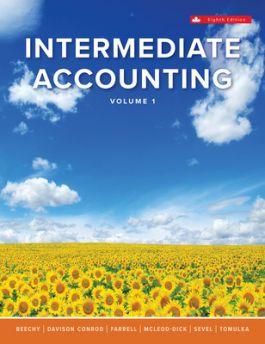Instructions. MULTIPLE CHOICE. Read and analyze carefully the given sentence. Choose the best answer. Write only the letter of the correct answer. NO ERASURES. 1. Economics is the study of A. production technology B. consumption decisions C. how society decides what, how, and for whom to produce D. the best way to run society 2.The equilibrium price clears the market; it is the price at which A. everything is sold B. buyers spend all their money C. quantity demanded equals quantity supplied D. excess demand is negative 3. When the sellers know the quantity of a product that buyers wish to purchase at each possible price, sellers know the: A. demand B. excess demand C. excess supply D. supply 4. In economics term, market can accurately be described as A. a place to buy things B. a place to sell things C. the process by which prices adjust to reconcile the allocation of resources D. a place where buyers and sellers meet 5. Scarcity requires that people must A. trade B. cooperate C. make choices D. compete 6. The table shows the various combination of food and clothing which a town can produce using all its resources. FOOD 0 100 200 300 400 CLOTHING 500 400 250 50 o What is the opportunity cost to the town of increasing the production of food from 200 to 300 units? A. 50 units of clothing B. 100 units of clothing C. 200 units of clothing D. 250 units of clothing 7. Labor, human capital, entrepreneurship, natural resources, and capital are all examples of A. Factors of production B. Inferior goods c. Public goods D. Substitutes in production 8. What causes the demand curve to shift? A. the increase/ decrease in need B. the increase / decrease in volume c. the increase/ decrease in price D. the increase / decrease in production 9. Microeconomics differs from Macroeconomics, since the first is concerned with the study of individual economic behavior while the second is the study of A. the individual building blocks in the economy B. the interactions within the entire economy C. the economy as a whole D. the relationship between different sectors of the economy 10. Which constitute the fundamental questions every economic system must answer? I. What goods and services will be produced? II. How will they be produced? III. When will they be produced? IV. For whom they will be produced? V. Where will they be produced? A. I, III, and V only B. I, II, and IV only C. I, II and V only D. II, IV and V only











